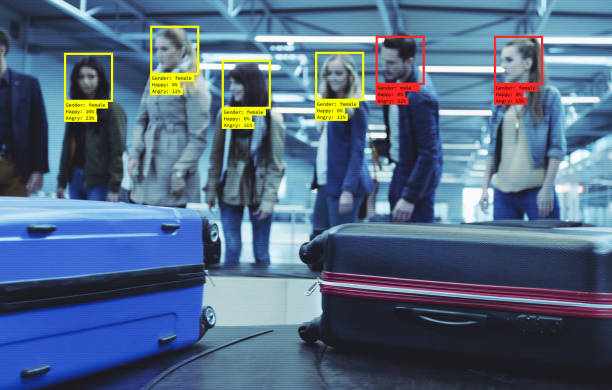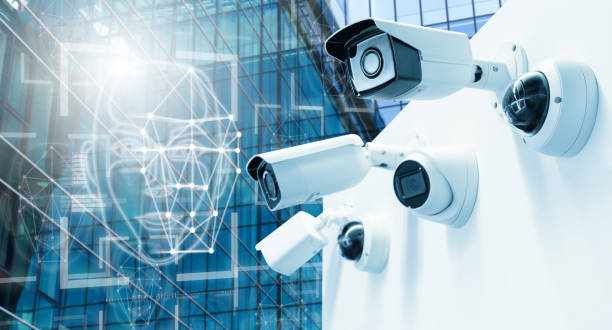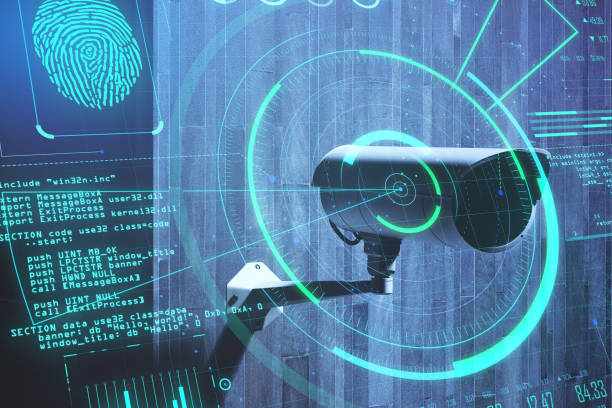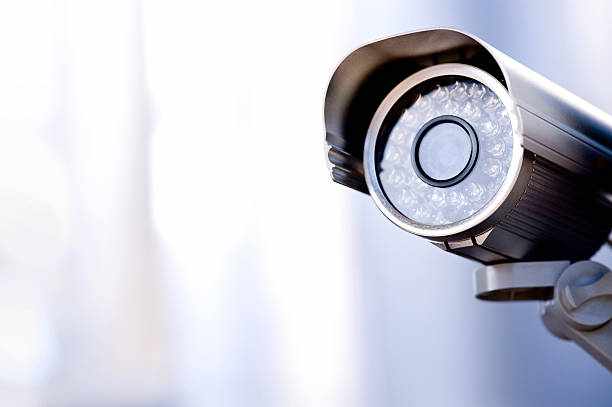
In an age where security is no longer a luxury but a necessity, CCTV surveillance cameras are indispensable tools for homes, businesses, and public spaces alike. But with countless options flooding the market, choosing the right system can feel like navigating a maze.
Whether you're setting up cameras for a warehouse, office building, or a retail space, making an informed choice goes far beyond just picking the highest resolution. Here's a crisp, clear checklist to guide your decision-making process before investing in a CCTV setup.
1. Purpose of Surveillance
Before you even begin comparing specs, clarify the purpose of the surveillance system. Are you aiming to prevent theft, monitor employee activity, ensure public safety, or all of the above? Different goals call for different camera types, coverage angles, and recording capabilities. This fundamental question helps determine every other factor in your buying journey.
2. Type of Camera: Analog vs. IP
Analog cameras are traditional, cost-effective, and easy to install. However, IP (Internet Protocol) cameras offer far better image clarity, remote access, and advanced features like motion detection and zoom. While analog may suffice for small setups, IP systems are ideal for larger, high-risk environments that need sophisticated coverage.
You can learn more about analog technology and how it differs from IP systems, especially in commercial spaces.
3. Image Quality and Resolution
CCTV footage is only useful if it’s clear enough to identify people, objects, or incidents. Standard-definition might work for small spaces, but for large or detailed monitoring, opt for HD or even 4K cameras. Night vision performance and wide dynamic range (WDR) are also crucial for handling poor lighting conditions.
4. Field of View and Coverage Area
Understanding the camera’s field of view helps ensure you get full coverage of the intended area without blind spots. Wide-angle lenses work great for open spaces like parking lots, while narrower lenses may be suitable for focused monitoring like entry points or cash counters.
Make a plan of your space and calculate how many cameras you need to cover all zones effectively.
5. Indoor vs. Outdoor Use
Not all cameras are built alike. Outdoor surveillance cameras need weatherproofing, dust resistance, and often, vandal-proof designs. Look for an IP66 or IP67 rating for outdoor devices. Indoor cameras, while less rugged, can offer cleaner aesthetics and quieter operation.
Additionally, check if the camera's housing can withstand extreme temperatures if you're in a location with harsh weather conditions.
6. Storage Options: Cloud or Local?
Footage storage is a major consideration. While traditional DVR/NVR setups store footage on hard drives, newer systems often offer cloud storage with remote access. Consider your bandwidth, data privacy concerns, and the need for scalable storage when deciding.
For long-term usage, cloud-based options often allow remote retrieval of footage, software updates, and smarter AI integration. If cost is a concern, hybrid systems can balance affordability with flexibility.
7. Smart Features and AI Integration
Modern surveillance goes beyond just recording. Cameras with motion detection, face recognition, license plate reading, and heat mapping can vastly improve monitoring efficiency. AI-powered analytics can also reduce false alarms and enhance incident response.
These features are especially valuable in retail store security systems where customer movement, entry-exit trends, and potential theft indicators can be monitored intelligently, helping both in loss prevention and business optimization.
8. Scalability and Integration
If your current security needs are modest but expected to grow, invest in a system that can scale with your business. Cameras that integrate well with existing IT infrastructure, POS systems, alarms, or access control platforms offer long-term value.
Ensure the platform supports open protocols, so you’re not locked into proprietary technology that limits future expansion.

9. Legal Compliance and Privacy
Surveillance comes with responsibility. Always comply with your region’s data protection and privacy laws. Display clear signage if you’re recording in public or customer-facing areas. Also, inform employees where monitoring is active.
Understanding these boundaries keeps your surveillance both ethical and legally sound. If you're unsure, consult local regulations or legal advisors before installation.
Also, read up on privacy rights to better grasp the balance between safety and surveillance in both business and residential setups.
Final Thoughts
Purchasing the right CCTV surveillance system is a blend of technological insight and strategic foresight. By focusing on your needs, assessing features carefully, and planning for future expansion, you set the foundation for smarter, more effective monitoring.
And if you're in the retail business, investing in retail store security systems tailored for real-time oversight and theft prevention can deliver more than peace of mind, it can protect your bottom line.
Let your investment in security be not just a shield, but a lens through which you see smarter, safer, and more sustainable growth.










Write a comment ...